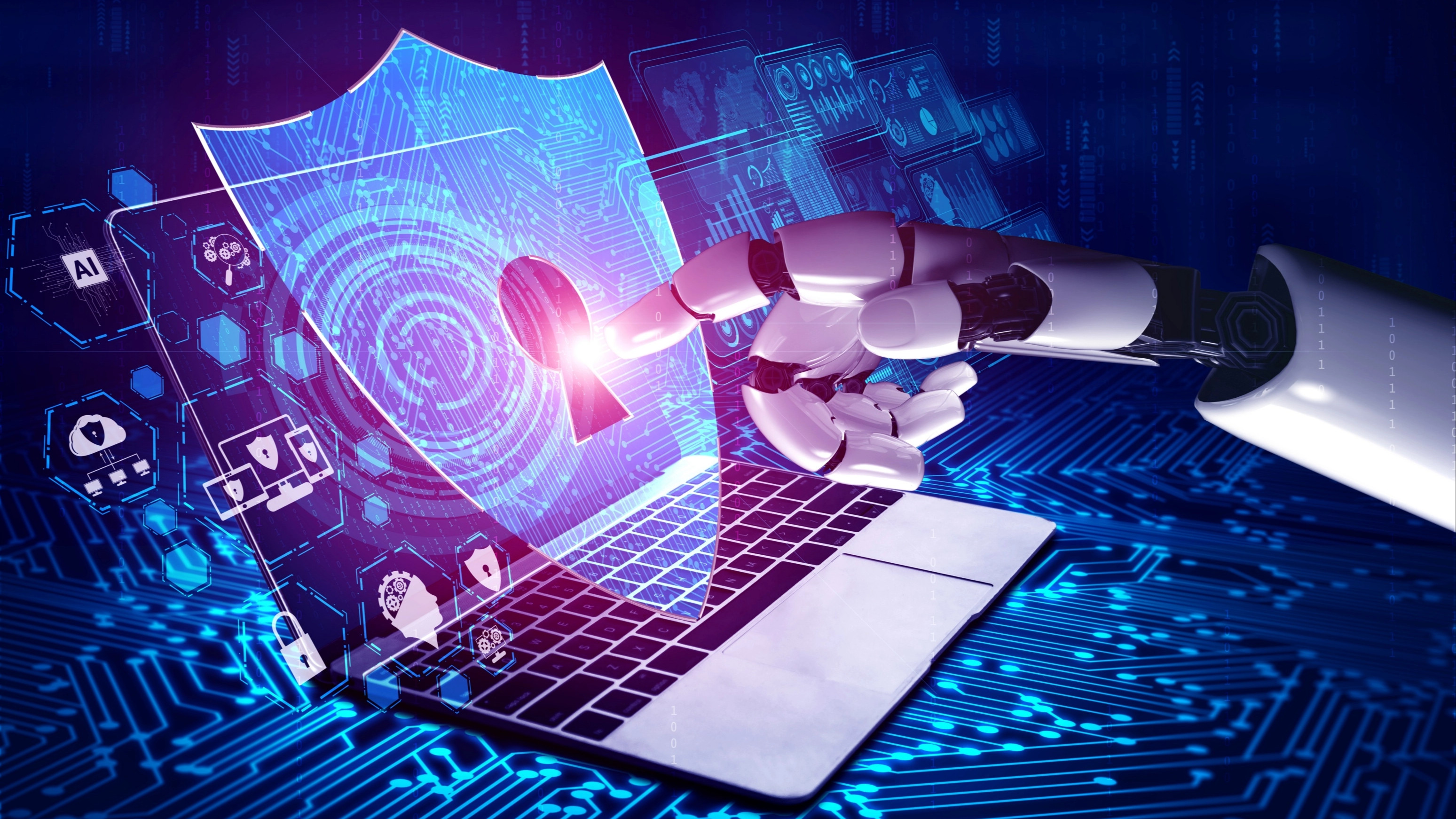Cybersecurity in Software Development
Imagine your software is almost ready for release. Everything is flowing. Your team has worked hard, the interface is flawless, the features are tested... but there's an invisible loophole: a backdoor open to attackers that you don't even know exists. What if that vulnerability could have been prevented from the development phase? That's what we're going to explore.
Cybersecurity can no longer be a layer applied after the fact. Today, threats evolve faster than ever, and that demands that the code be born protected from the very first commit. This article isn't about "what cybersecurity is," but rather about how to incorporate it as an essential part of modern software development. If your applications handle critical data, demanding clients, or strategic processes, this content is for you.
Security from the Software's Genesis
Integrating cybersecurity into development isn't just a matter of protecting against hackers; it's about protecting the business, reputation, and user trust. The "Security by Design" trend sets a clear standard: security must be part of the product's DNA.
To achieve this, it's essential to adopt secure development practices from the initial design stage, not as an afterthought. This involves processes, culture, and, above all, architectural decisions geared toward active protection.
Key Principles in Secure Development
There's no universal recipe for success. Every environment, application, and architecture poses different challenges. However, there are some solid principles that every development team should consider as a foundation:
Strict Input Validation
Most cyberattacks, from SQL injections to XSS, originate from poorly validated data. All input should be treated as malicious until proven otherwise. Sanitization is not an option; it's a necessity.
Segmented Access Control
Generic roles are not enough. Permissions must be as granular as business logic requires. Separating privileges and applying the principle of least privilege reduces the impact radius of a potential breach.
Professional Secret Management
Avoid API keys or credentials hardcoded directly into the source code at all costs. Use secure secret managers with strong encryption and automatic rotation, such as HashiCorp Vault or AWS Secrets Manager.
Critically Applied Cryptography
Implementing encryption isn't simply about using AES or RSA. You have to understand the context: what data is being protected? At what point in time? Against what specific threat? Using cryptography without understanding can be just as dangerous as not using it at all.
Logging and Monitoring as Active Mechanisms
Logging suspicious activity is just as important as blocking it. A good logging system can be the difference between a controlled intrusion or a disaster. It's also key for audits and regulatory compliance.

Integrating Security into the Software Lifecycle
Agile and DevOps methodologies require security to adapt to the pace of development. This is where the DevSecOps approach emerges: continuous security throughout the entire pipeline.
In an effective DevSecOps implementation:
Vulnerability testing is part of the CI/CD process.
Security linters scan the code on each push.
Dependencies are automatically checked against databases of known vulnerabilities.
The development team has basic security training.
This philosophy allows security errors to be found and corrected early, when they are easier and cheaper to resolve.
Artificial Intelligence and Automation in Software Security
Today, technologies like artificial intelligence make it possible to detect anomalous patterns in an application's behavior even before they cause damage. From log analysis to predictive protection, AI is a powerful ally in modern security.
At Dynelink, for example, we develop solutions that integrate AI to:
Analyze traffic flows and detect unusual activity in real time.
Automate responses to known threats.
Predict system weaknesses before they become actual breaches.
It's not just about prevention, but about anticipation.
The most costly mistake: thinking it won't happen to you
Many companies believe they aren't big enough to be attacked. This is a serious mistake. Automated attacks don't distinguish between startups and corporations; they just look for open doors.
Development security isn't measured by the number of firewalls, but by the code's ability to withstand adverse scenarios without compromising its integrity.
Furthermore, in many cases, legal requirements (such as the GDPR or the Federal Data Protection Law in Mexico) mean that failure to protect yourself properly can lead not only to technical losses, but also to fines and legal consequences.
Toward a Permanent Security Culture
Beyond tools, practices, or frameworks, true strength lies in the team's culture. An environment where every developer thinks about security when writing a line of code, where QA tests not only functionality but robustness, and where the product is conceived as a structure that must be defended from within.
Building that culture is an ongoing task. And that's where many companies need expert support.
At Dynelink, we understand that cybersecurity is not a product, but a process. We design intelligent digital solutions that integrate advanced protection from the start. If your company is developing critical software, or if you already have a platform that needs strengthening, our team can help you elevate your security to enterprise level.
Explore our specialized services or contact us for a personalized consultation. And if this topic interests you, we invite you to follow our blog and stay up to date with the latest strategies in secure development, applied artificial intelligence, and business technology. Here we don't just inform you: we help you make better decisions.
